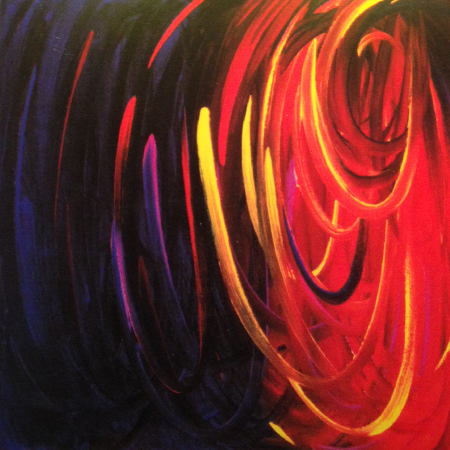Mourning
The notion that mourning is essential is perhaps the most important concept relative to grief. Mourning is what transforms and eases the pain of grief, and allows us to find a new life without the one who has died. To a large degree we live in a society in which the experience of grief is not considered to be of value. Mourning rituals have lost favor, and guidance for mourning is absent. As a result, many of us find ourselves grieving without any means for fostering a healthy progression to a less painful and disabling experience.
Mourning is what we do to demonstrate the grief we are experiencing. It is the means for sharing the pain and disruption caused by a death. Meaningful rituals relevant to the person who died and the relationship and life we shared are helpful.
Traditional rituals can have personal significance and be deeply comforting depending on how relevant they are to us and the deceased. Mourning in with a community adds potency to the cleansing of the grief. Grieving and mourning with others who also remember, honor, and celebrate the deceased diminishes our pain.
Personalized mourning is potent too. Creating a piece of art or poetry, going to a support group, a personalized ceremony, and establishing some kind of a memorial are examples of personalized ways of mourning.
Establishing regular times to mourn affirms the significance of the deceased and our shared life. It is a way of acknowledging that we have suffered the loss and there is good reason for our grief. It facilitates a diminishment of our pain. By mourning in this way our life with the deceased and our memories of them are owned, the current reality of life without them is accepted, and we adjust our life to this new reality while incorporating the meaningfulness into who we are.
Within days or weeks bereaved people often hear that they must “move on” with their life. The message conveyed is toact like you are unaffected and not in pain. Contrary to this ill advice, the healthy way we “move on” is to mourn.
